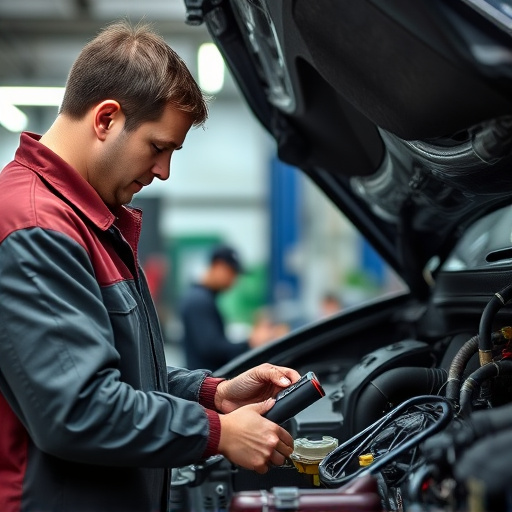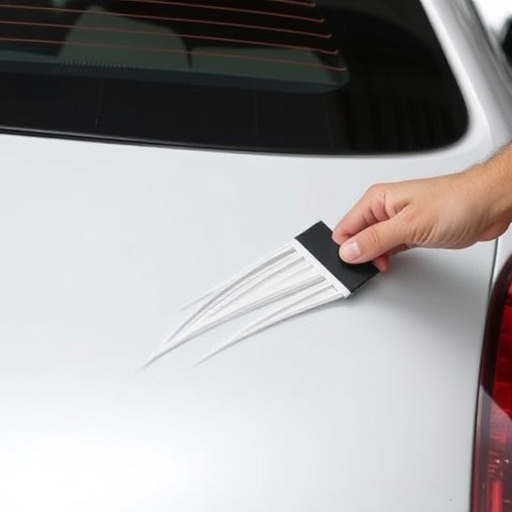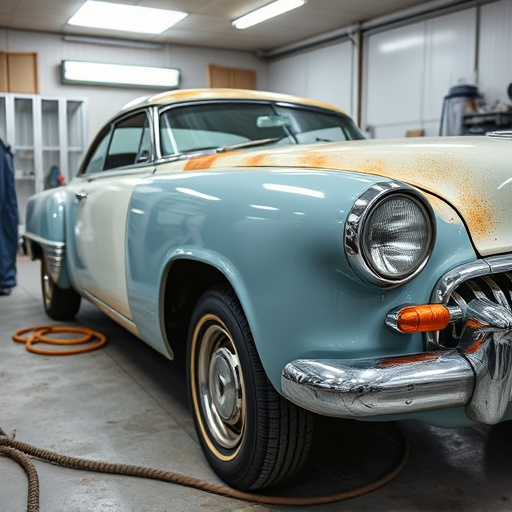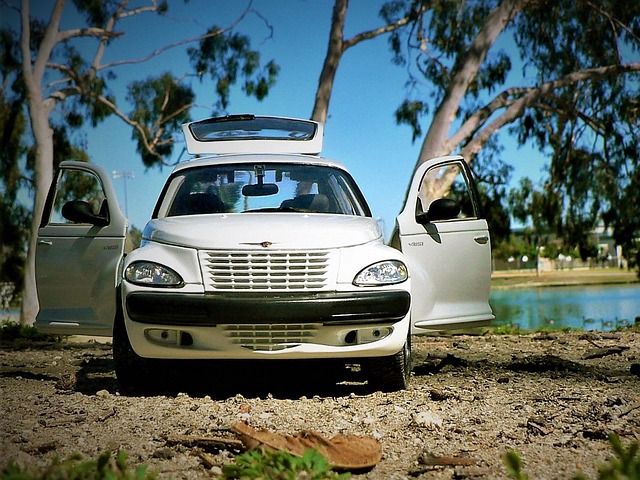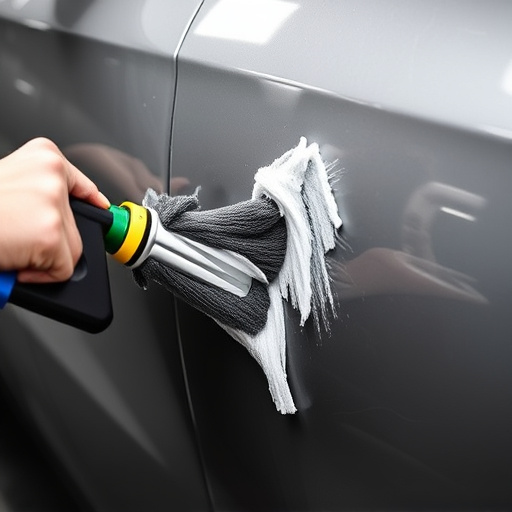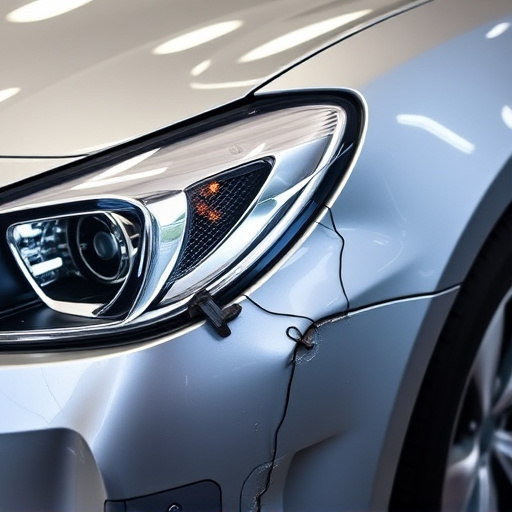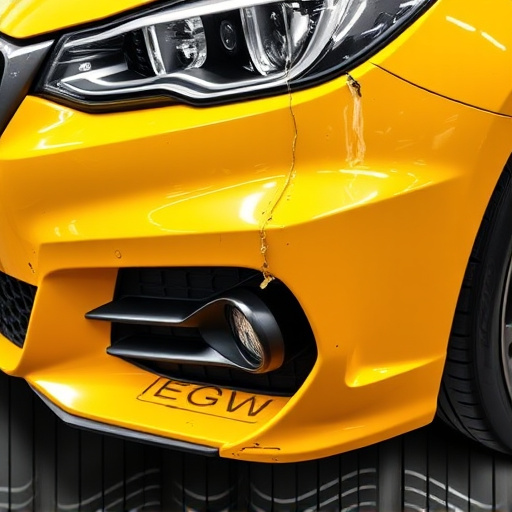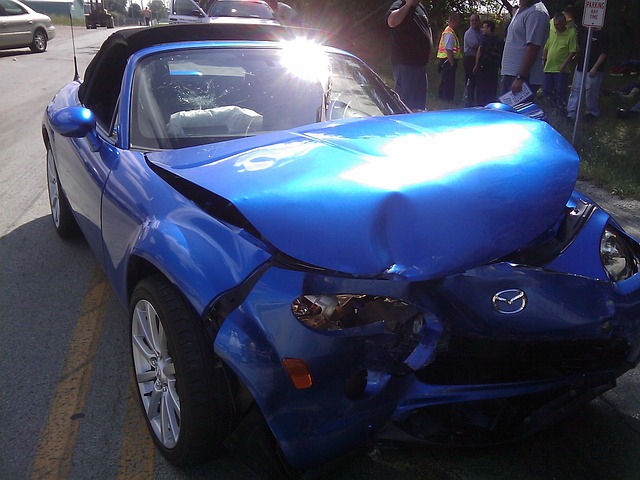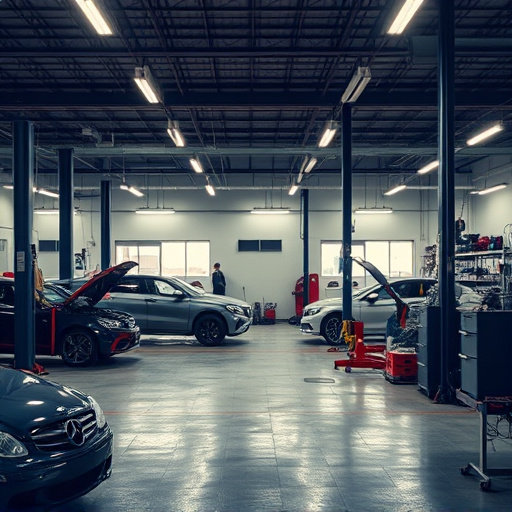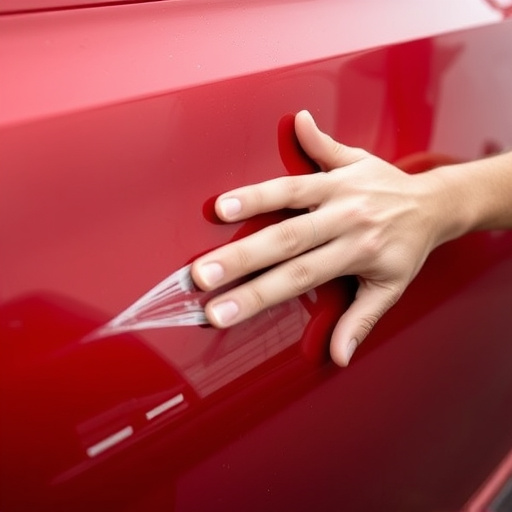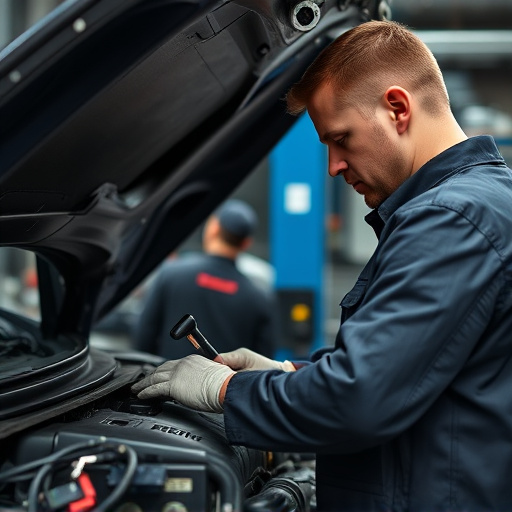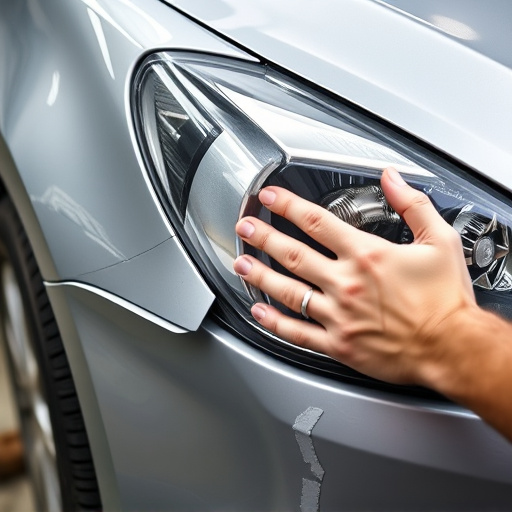Pearl finish collision repair presents challenges due to micro-layer delicacy, often resulting in uneven shading or repair lines. Skilled technicians overcome this with meticulous detail work and specialized tools, achieving seamless blends that match original paintwork. When evaluating inconsistent repairs, inspect for color or sheen disparities, focusing on edges and corners. Achieving consistent results requires structured processes, high-quality tools, thorough damage inspection, degreasing, and thin, dry coats of pearl finish, ensuring superior outcomes over rushed techniques.
Struggling with an inconsistent pearl finish after a collision repair? This guide is your solution. Learn how to identify and assess the scope of the issue, and discover techniques to achieve a seamless, uniform pearl finish. From understanding the root causes of inconsistency to mastering repair methods, this article equips you with the knowledge needed for successful pearl finish collision repair.
- Understanding Inconsistent Pearl Finish Repair
- Evaluating the Scope of the Issue
- Techniques to Achieve Consistent Results
Understanding Inconsistent Pearl Finish Repair

Inconsistent pearl finish collision repair is a common issue that arises when attempting to restore the original luster of a vehicle’s paintwork. This inconsistency can manifest in various ways, such as uneven shading, visible repair lines, or areas of differing sheen. It often occurs due to the delicate nature of pearl finishes, which are known for their intricate micro-layers designed to create a unique iridescent effect. During the auto body restoration process, even slight variations in application techniques, temperature control, or the precision of blending can lead to these inconsistencies.
When addressing inconsistent pearl finish repair, it’s crucial to approach the issue with patience and meticulous attention to detail. Skilled automotive repair technicians employ specialized tools and techniques for auto body work to minimize these disparities. They carefully examine the damaged area, match the original finish precisely, and then reapply the pearl coating in thin, controlled layers. This meticulous process ensures a seamless blend that respects the integrity of the vehicle’s existing paintwork and achieves a high-quality, consistent pearl finish.
Evaluating the Scope of the Issue
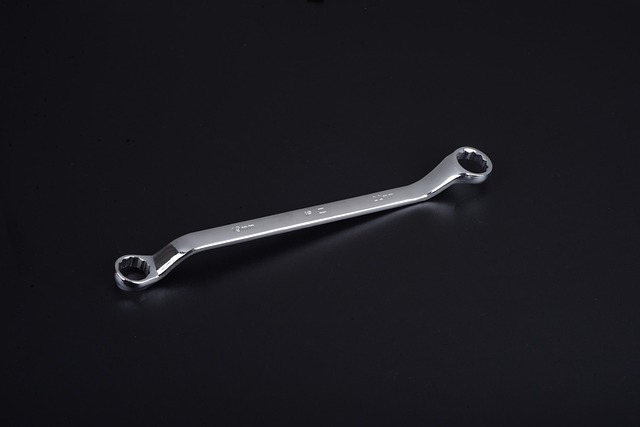
When assessing a pearl finish collision repair that looks inconsistent, the first step is to meticulously evaluate the scope of the issue. Start by inspecting the entire vehicle for any visible disparities in the pearl finish. Look for areas where the color or sheen might not match perfectly with the rest of the repaired section. This could indicate inconsistencies in application techniques or material quality.
Pay close attention to details like edges, corners, and seams, as these are common spots for irregularities. Compare the affected area with the pristine, unharmed sections of the car’s bodywork. If you notice significant differences, it might suggest a need for further refinements or even a complete repaint. Understanding the extent of the problem is crucial before proceeding with any auto repair services to ensure the final result aligns with expectations.
Techniques to Achieve Consistent Results
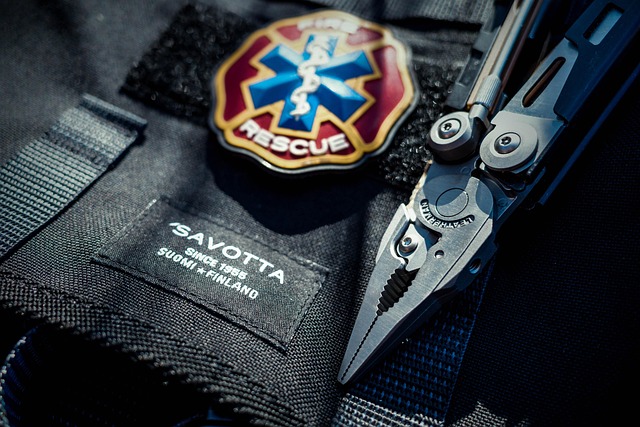
Achieving consistent results in pearl finish collision repair is paramount for a professional and seamless look. One key technique is to use high-quality, specialized tools designed for precise application. Sanding blocks and brushes that are tailored to the curve of the vehicle’s surface ensure even distribution of pressure, which is crucial for maintaining consistency. Additionally, using a consistent thickness of filler or paint will help create a uniform finish.
Another effective method is to follow a structured process: first, inspect the damage thoroughly, then prepare the surface by degreasing and sanding. Apply the pearl finish in thin, even coats, allowing each layer to dry completely before adding the next. This step-by-step approach, combined with careful attention to detail, will yield more uniform results compared to rushed or inconsistent application techniques common in less experienced hands. For auto body services aiming at excellence, adopting these practices for car dent repair and car body repair is essential.
When addressing pearl finish collision repair, achieving consistency can be challenging. By understanding the root causes of inconsistent results, evaluating the scope of the issue, and employing techniques that ensure uniform application, you can significantly improve the quality of your repairs. Remember, consistent outcomes not only enhance the visual appeal but also build trust with clients seeking top-tier automotive care.
